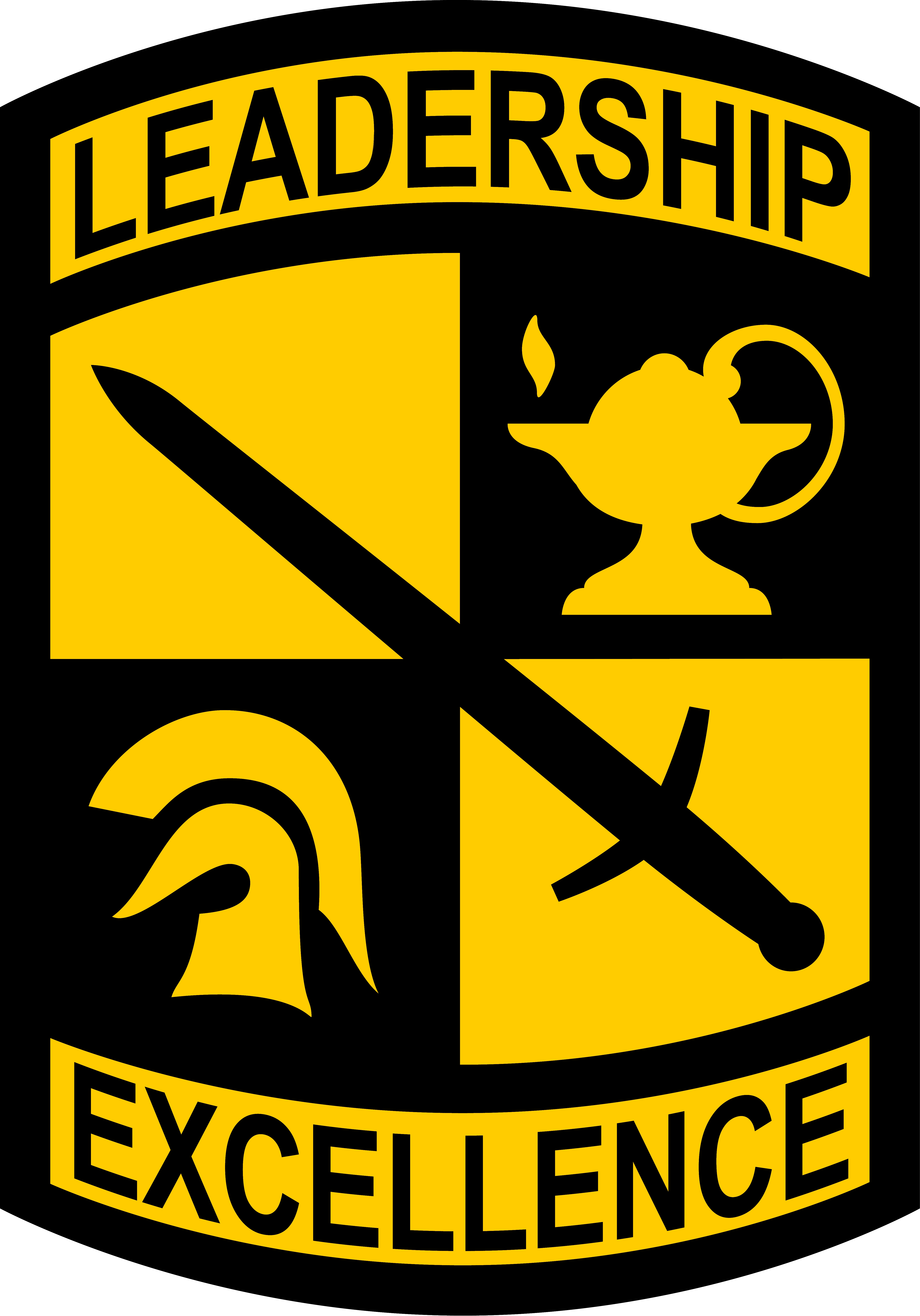10th Regiment, Advanced Camp ROTC Cadets conducted movement to contact in their situational training exercise (STX) lane. Each Cadet was required to wear a vest equipped with a Multiple Integrated Laser Engagement System, commonly referred to as MILES gear.
Upon being fired, the M4 carbine released a laser which was recognized by the sensors located on the vests of the Opposing Forces (OPFOR) if contact was made.
“But if the OPFOR shoots them, then they know that they need to work on like cover and concealment,” 2nd Lt. Jackson Graham from Auburn University said. “They need to be better at covering each other while they’re moving and bound with buddy teams and so it’s just good like immediate feedback as to how you’re doing as a squad.”
The Cadets have one hour to complete their mission with 30 minutes to plan, 20 minutes to execute, and 10 minutes for the Cadre to deliver an after action review (AAR).

During his first training exercise of the day, Cadet Austin Smith from Marion Military Institute was told by a cadre member he was shot in the leg by the OPFOR.
Once the MILES gear indicated a Cadet had been shot, a Cadre member assigned them an injury and the Cadet had to lay on the ground, call for help, and portray the assigned injury.
“I got shot because I was up too high and I was exposed to the enemy,” Smith said.
While it was common for many Cadets to struggle during the first few exercises of the day, they found that they were able to learn from their mistakes and develop an even stronger squad cohesion.
During their mission, Cadet Curtisha Lewis from Fayetteville State University was the first to approach Smith after she heard him call for help.
“So they called aid and litter. We went over to assess the situation,” Lewis said. “We ended up providing a hasty tourniquet in order to allow to kind of stop the bleeding and then get him into rest position.”
Lewis stressed the importance of calling for help if someone were to get injured.
“Letting people know so that they can come to your aid and yelling because you may be 100 meters, 200 meters off and they can’t see you,” Lewis said.

The situation also allowed for Cadets to practice their Tactical Combat Casualty Care (TCCC) training they received.
“They make sure that they start learning those processes as far as what to do if somebody actually does get hurt,” Graham said.
After completing the mission, Smith said one of the areas he felt he and his squad could improve in was communication.
“If one of us doesn’t know what’s going on, we tell each other so it could be a lot … smoother,” Smith said. “It builds our confidence and trust in each other.”

